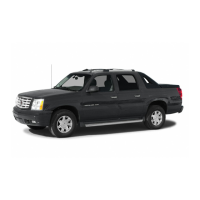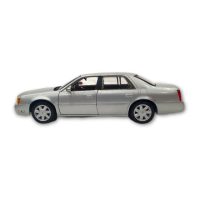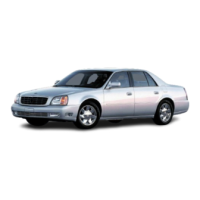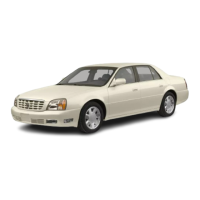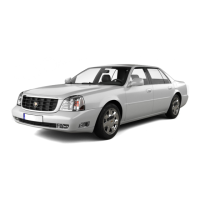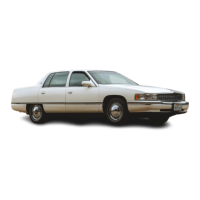If
you drive regularly in steep country, or
if
you’re
planning to visit there, here are some tips that can make
your trips safer and more enjoyable.
Keep your vehicle
in
good shape. Check all fluid
levels and also the brakes, tires, cooling system
and transaxle. These parts can work hard on
mountain roads.
Know how to go down hills. The most important
thing to know is this: let your engine do some of
the slowing down. Shift
to
a lower gear when you go
down a steep or long
hill.
e
If you don’t shift down, your brakes could get
so hot that they wouldn’t work well. You would
then have
poor
braking
or
even none going
down a hill. You could crash. Shift down to let
your engine assist your brakes
on
a steep
downhill slope.
Coasting downhill
in
NEUTRAL
(N)
or with the
ignition
off
is
dangerous. Your brakes will have
to do all the
work
of
slowing down. They could
get
so
hot
that they wouldn’t work well. You
would then have poor braking or even none
going down a
hill.
You could crash. Always
have your engine running and your vehicle in
gear when you go downhill.
e
e
e
Know how to go uphill. You may want to shift down to
a lower gear. The lower gears help cool your engine
and transaxle, and you can climb the hill better.
Stay in your
own
lane when driving
on
two-lane
roads in hills or mountains. Don’t swing wide or cut
across the center of the road. Drive at speeds that let
you
stay in your own lane.
As
you go over the top of a hill, be alert. There could
be something in your lane, like a stalled car or an
accident.
You may see highway signs on mountains that warn
of special problems. Examples are long grades,
passing or no-passing zones, a falling rocks area or
winding roads. Be alert
to
these and take appropriate
action.
4-24

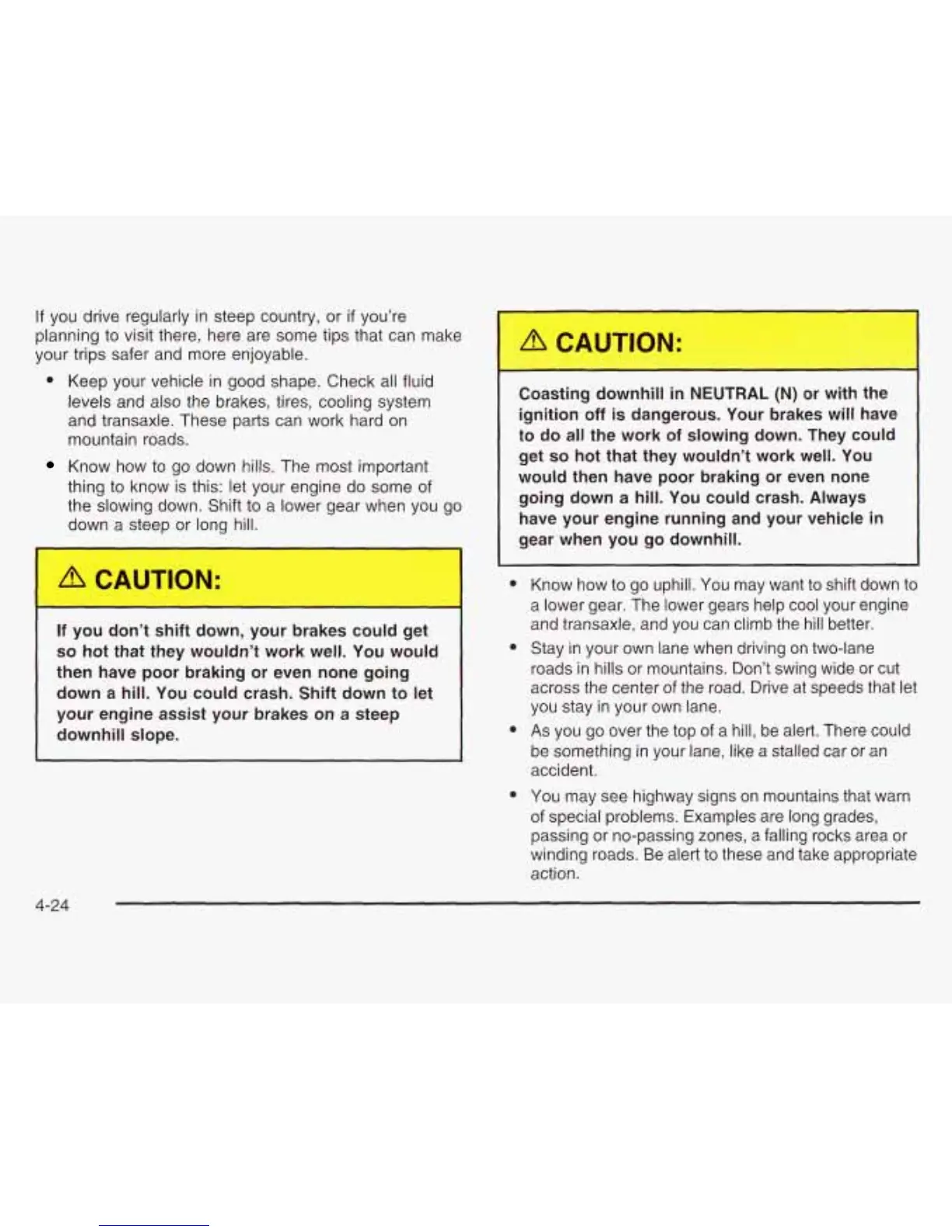